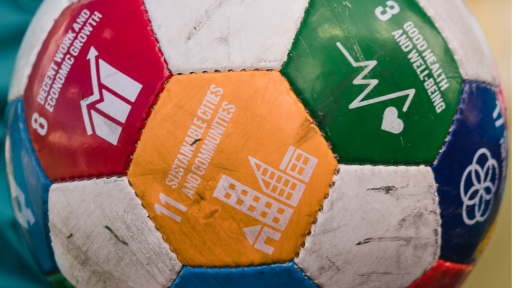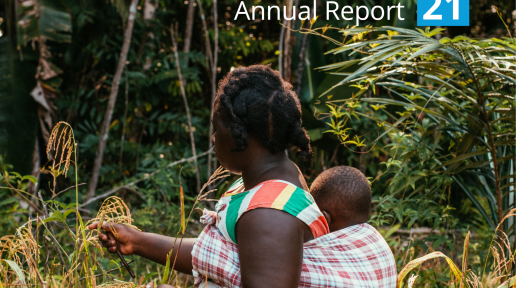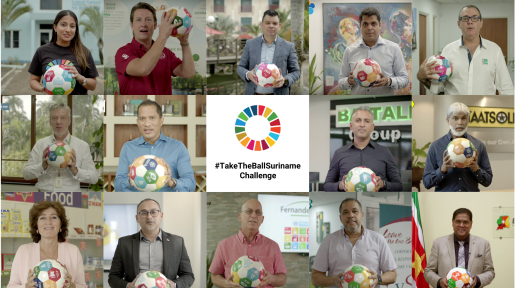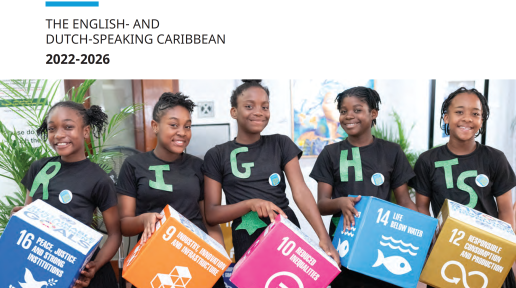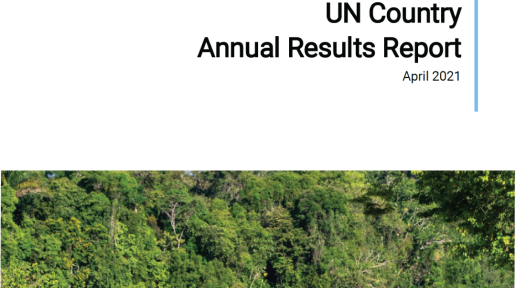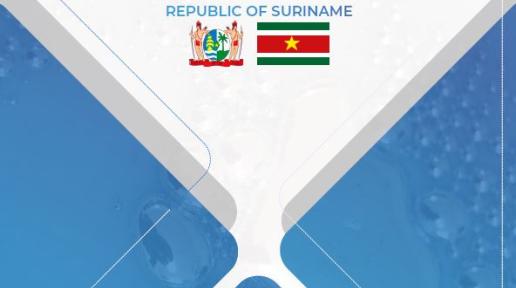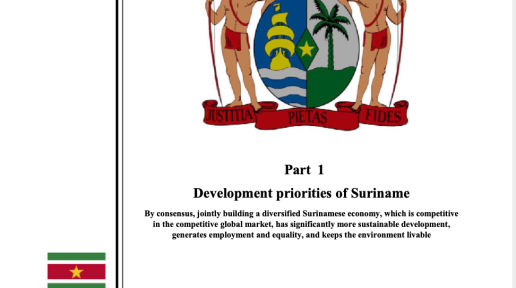Life Below Water
Goal 14 is about conserving and sustainably using the oceans, seas and marine resources. Healthy oceans and seas are essential to human existence and life on Earth.
The Ocean is intrinsic to our life on earth. Covering three-quarters of the Earth’s surface, contain 97 percent of the Earth’s water, and represent 99 percent of the living space on the planet by volume.
They provide key natural resources including food, medicines, biofuels and other products; help with the breakdown and removal of waste and pollution; and their coastal ecosystems act as buffers to reduce damage from storms. They also act as the planet’s greatest carbon sink.
Worryingly, marine pollution is reaching extreme levels, with over 17 million metric tons clogging the ocean in 2021, a figure set to double or triple by 2040. Plastic is the most harmful type of ocean pollution.
Currently, the ocean’s average pH is 8.1 which is about 30 per cent more acidic than in pre- industrial times. Ocean acidification threatens the survival of marine life, disrupts the food web, and undermines vital services provided by the ocean and our own food security.
Careful management of this essential global resource is a key feature of a sustainable future. This includes increasing funding for ocean science, intensifying conservation efforts, and urgently turning the tide on climate change to safeguard the planet’s largest ecosystem. Current efforts to protect are not yet meeting the urgent need to safeguard this vast, yet fragile, resource.
Why?
The ocean is our planet’s life support and regulate the global climate system. It is the world’s largest ecosystem, home to nearly a million known species and containing vast untapped potential for scientific discovery.
Oceans and fisheries continue to support the global population’s economic, social and environmental needs. Despite the critical importance of conserving oceans, decades of irresponsible exploitation have led to an alarming level of degradation.
So what’s the problem?
The ocean absorbs around 23 per cent of annual CO2 emissions generated by human activity and helps mitigate the impacts of climate change. The ocean has also absorbed more than 90% of the excess heat in the climate system. Ocean heat is at record levels, causing widespread marine heatwaves, threatening its rich eco-systems and killing coral reefs around the world.
Increasing levels of debris in the world’s oceans are also having a major environmental and economic impact. Every year, an estimated 5 to 12 million metric tonnes of plastic enters the ocean, costing roughly $13 billion per year – including clean-up costs and financial losses in fisheries and other industries. About 89% of plastic litter found on the ocean floor are single-use items like plastic bags.
About 80% of all tourism takes place in coastal areas. The ocean-related tourism industry grows an estimated US$ 134 billion per year and in some countries, the industry already supports over a third of the labour force.
Unless carefully managed, tourism can pose a major threat to the natural resources on which it depends, and to local culture and industry.
How is the ocean connected to our health?
The health of the ocean is intimately tied to our health. The diversity of species found in the ocean offers great promise for pharmaceuticals.
Furthermore, marine fisheries provide 57 million jobs globally and provide the primary source of protein to over 50% of the population in least developed countries.
So, what can we do?
For open ocean and deep sea areas, sustainability can be achieved only through increased international cooperation to protect vulnerable habitats. Establishing complete, effective and equitably managed systems of government-protected areas should be pursued to conserve bio-diversity and ensure a sustainable future for the fishing industry. One example is the Biodiversity Beyond National Jurisdiction Agreement in 2023 that provides a legal framework for all activities in the ocean and seas.
On a local level, we should make ocean- friendly choices when buying products or eating food derived from oceans and consume only what we need. Reducing our plastic use is critical.
Goal 14 Targets
14.1 By 2025, prevent and significantly reduce marine pollution of all kinds, in particular from land-based activities, including marine debris and nutrient pollution
14.2 By 2020, sustainably manage and protect marine and coastal ecosystems to avoid significant adverse impacts, including by strengthening their resilience, and take action for their restoration in order to achieve healthy and productive oceans
14.3 Minimize and address the impacts of ocean acidification, including through enhanced scientific cooperation at all levels
14.4 By 2020, effectively regulate harvesting and end overfishing, illegal, unreported and unregulated fishing and destructive fishing practices and implement science-based management plans, in order to restore fish stocks in the shortest time feasible, at least to levels that can produce maximum sustainable yield as determined by their biological characteristics
14.5 By 2020, conserve at least 10 per cent of coastal and marine areas, consistent with national and international law and based on the best available scientific information
14.6 By 2020, prohibit certain forms of fisheries subsidies which contribute to overcapacity and overfishing, eliminate subsidies that contribute to illegal, unreported and unregulated fishing and refrain from introducing new such subsidies, recognizing that appropriate and effective special and differential treatment for developing and least developed countries should be an integral part of the World Trade Organization fisheries subsidies negotiation
14.7 By 2030, increase the economic benefits to Small Island developing States and least developed countries from the sustainable use of marine resources, including through sustainable management of fisheries, aquaculture and tourism
14.A Increase scientific knowledge, develop research capacity and transfer marine technology, taking into account the Intergovernmental Oceanographic Commission Criteria and Guidelines on the Transfer of Marine Technology, in order to improve ocean health and to enhance the contribution of marine biodiversity to the development of developing countries, in particular small island developing States and least developed countries
14.B Provide access for small-scale artisanal fishers to marine resources and markets
14.C Enhance the conservation and sustainable use of oceans and their resources by implementing international law as reflected in UNCLOS, which provides the legal framework for the conservation and sustainable use of oceans and their resources, as recalled in paragraph 158 of The Future We Want
Source: UN Sustainable Development





